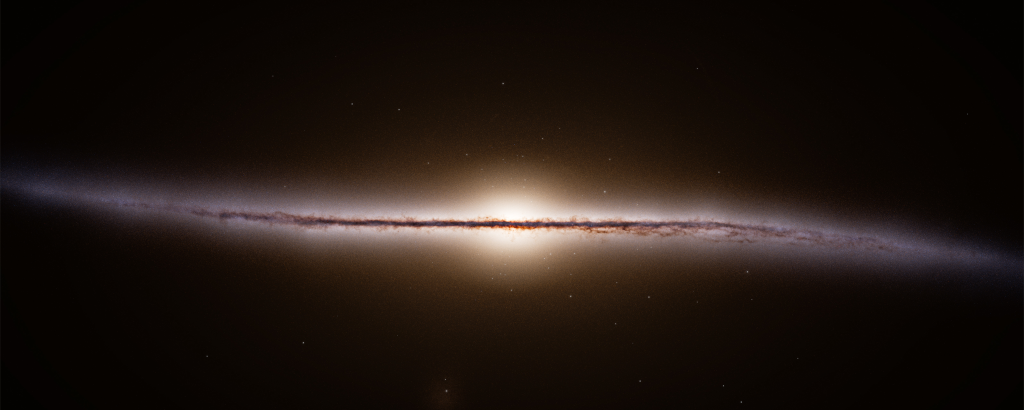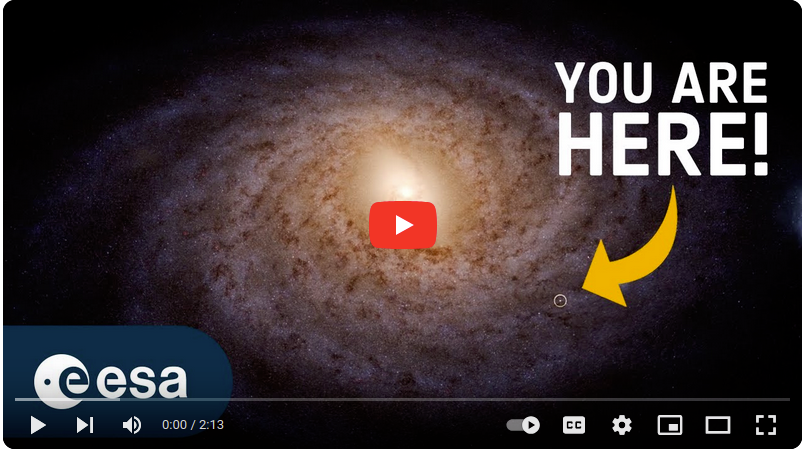Galactic Pointillism - Gaia and the Milky Way

The year 2013 was odd. Both numerically and functionally. That was the year that “selfies” became a thing. Terrorists bombed the Boston Marathon, and George Zimmerman was acquitted at trial for the murder of Trevon Martin. The US Supreme Court struck down key parts of the Defense of Marriage Act--yeah, I know, time warp--upholding the rights of same-sex marriage. Edward Snowden released classified NSA documents, which shone a bright light on its civilian spying; it is interesting to speculate on how different that whole incident would have turned out, if only Snowden had occupied Mar-a-Lago and, in a random coin-flip, had Judge Eileen Cannon appointed to his case.
Finally, let us not forget the TV commercial where, on Wednesdays, the GEICO camel would galumph through the office trumpeting, “Hump Day!”
On December 19, 2013, I was probably at the microscope. Holiday preparations were finished, more or less, the technicians and students were off on well deserved breaks, and administrative blumpfses, a.k.a. faculty meetings, were all in the dim distant future. Well, at least a couple of weeks off, anyway. There are minimal distractions that time of year. And quiet. It was a good time to be in the lab working at the microscope.
My colleagues and I were in the early days of mapping the three-dimensional structure of a small bit of a chromosome using fluorescence light microscopy; “single molecule fluorescence localization microscopy”, in particular. That’s a mouthful. Operationally, it boils down to taking a movie as individual molecules in our little bit of chromosome blinked when they were illuminated under the microscope.
By measuring the coordinates, distance, and color of each molecule’s flash, in each frame of the movie, the data could be used to map them to their location in the structure. The challenge, then, was to accurately accumulate the locations of enough molecules to assemble a complete picture of our bit of chromosome. It’s a little counter-intuitive, but I never took a “picture” of the chromosome segment, like you would take a picture with your cell phone. Instead, I collected thousands of single molecule locations and assembled the structure from that collective data. A ‘pointillist’ approach to biological structure.
Watching as I filmed our blinking molecules, I vividly remember the sensation of flying through the Galaxy with star fields flashing by all around, as I stood on the bridge taking it all in.
On December 19, 2013, the European Space Agency (ESA) launched a remarkable telescope, named Gaia, from the European Spaceport in Kourou, French Guiana. Its mission was to measure the positions, distances, movements, and changes in brightness of 2 billion stars in the Milky Way Galaxy. Gaia never took a ‘picture’, like the Hubble or Webb telescopes do. Instead, it recorded the locations and key characteristics of billions of individual stars, roughly 14 times each per year. A gigantic "spreadsheet."
Yesterday, after more than 11 years of observations, ESA announced that the time had come to shut down Gaia’s telescopes. She has run out of gas. Literally. In order to position its telescopes to survey the stars, Gaia packed a space size carry-out thermos of nitrogen gas. That gas is now essentially used up and, consequently, Gaia’s data-gathering days are over.
Data dumps from Gaia will continue for a while longer, and its fumes of nitrogen gas will be used in some important calibration experiments. Back here on earth, analysis of Gaia’s data will continue well into 2030 before the final catalog will be released. But ESA recently took all the current star data in that spreadsheet (Release 3; there will be 5 by 2030) and they built an interactive model of our Milky Way Galaxy, along with some of our closest neighbors. A ‘pointillist’ approach to galactic structure.

Now, science illustrator and data visualization guru, Stefan Payne-Wardenaar, has created a stunning animated video fly-through of our Galaxy using that pointillist data structure. It took my breath away. Please take a look. You can watch the video here: The best Milky Way animation, by Gaia.
Well done, Gaia! I know Stewart Sharpless would be proud.